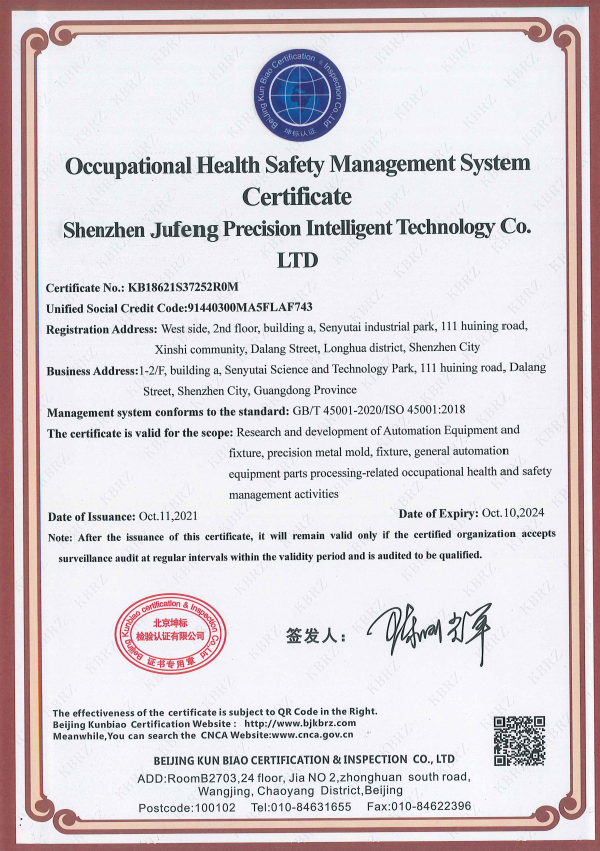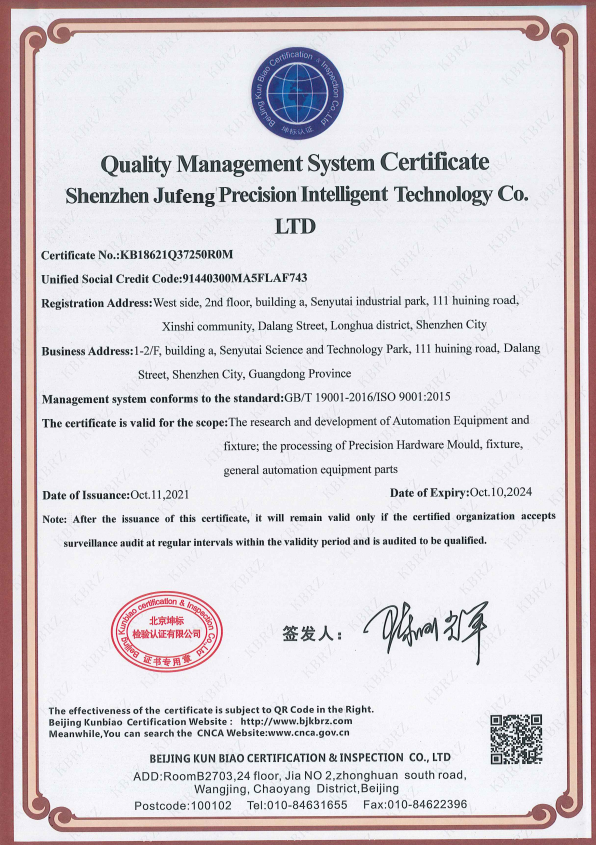News
Understanding PSA Press Fixtures: Enhancing Precision in Tooling and Clamping
When it comes to the manufacturing and assembly of components, precision is paramount. PSA (Pressure Sensitive Adhesive) press fixtures are specialized tools designed to hold workpieces securely during various operations such as machining, assembly, and inspection. These fixtures utilize pressure-sensitive adhesives to bond the workpiece to the fixture, providing a stable and reliable hold without the need for mechanical clamps or fasteners. This feature is particularly advantageous in situations where traditional clamping methods may introduce stress or deformation to the workpiece.
One of the primary advantages of PSA press fixtures is their ability to accommodate complex shapes and delicate materials. The adhesive nature of these fixtures allows for a broad range of applications—from holding thin, flexible materials to securing intricate geometries without the risk of damaging the workpiece. This flexibility makes them an ideal choice in industries such as aerospace, automotive, and electronics, where precision and care are essential.
In addition to their versatility, PSA press fixtures also contribute to enhanced efficiency in manufacturing processes. By eliminating the need for additional mechanical clamps, these fixtures streamline setup times and reduce the risk of human error during installation. Operators can quickly place the workpiece on the fixture, apply pressure, and the adhesive will provide an immediate hold, allowing for faster processing and increased throughput.
Furthermore, PSA press fixtures are designed for easy integration into automated systems. In modern manufacturing environments, automation is key to maintaining productivity and reducing labor costs. Many PSA fixtures can be adapted to work with robotic arms and CNC machines, facilitating a seamless transition from manual to automated operations. This adaptability not only enhances overall productivity but also supports the implementation of lean manufacturing principles by minimizing waste and optimizing workflow.
From a maintenance perspective, PSA press fixtures are also relatively low-maintenance compared to traditional clamping systems. The adhesive used in these fixtures can maintain its effectiveness over extended periods, reducing the need for frequent replacements or adjustments. This reliability translates to lower operational costs and less downtime, allowing companies to focus on their core manufacturing activities.
In conclusion, PSA press fixtures represent a significant advancement in the tooling and clamping sector of industrial equipment. By providing a secure, efficient, and flexible solution for workpiece holding, they empower manufacturers to achieve higher levels of precision and productivity. As industries continue to evolve, the adoption of innovative solutions like PSA press fixtures is likely to play a pivotal role in driving operational excellence and competitiveness.
One of the primary advantages of PSA press fixtures is their ability to accommodate complex shapes and delicate materials. The adhesive nature of these fixtures allows for a broad range of applications—from holding thin, flexible materials to securing intricate geometries without the risk of damaging the workpiece. This flexibility makes them an ideal choice in industries such as aerospace, automotive, and electronics, where precision and care are essential.
In addition to their versatility, PSA press fixtures also contribute to enhanced efficiency in manufacturing processes. By eliminating the need for additional mechanical clamps, these fixtures streamline setup times and reduce the risk of human error during installation. Operators can quickly place the workpiece on the fixture, apply pressure, and the adhesive will provide an immediate hold, allowing for faster processing and increased throughput.
Furthermore, PSA press fixtures are designed for easy integration into automated systems. In modern manufacturing environments, automation is key to maintaining productivity and reducing labor costs. Many PSA fixtures can be adapted to work with robotic arms and CNC machines, facilitating a seamless transition from manual to automated operations. This adaptability not only enhances overall productivity but also supports the implementation of lean manufacturing principles by minimizing waste and optimizing workflow.
From a maintenance perspective, PSA press fixtures are also relatively low-maintenance compared to traditional clamping systems. The adhesive used in these fixtures can maintain its effectiveness over extended periods, reducing the need for frequent replacements or adjustments. This reliability translates to lower operational costs and less downtime, allowing companies to focus on their core manufacturing activities.
In conclusion, PSA press fixtures represent a significant advancement in the tooling and clamping sector of industrial equipment. By providing a secure, efficient, and flexible solution for workpiece holding, they empower manufacturers to achieve higher levels of precision and productivity. As industries continue to evolve, the adoption of innovative solutions like PSA press fixtures is likely to play a pivotal role in driving operational excellence and competitiveness.




